Mudeungsan National Park
In Gwangju City
 Entrance area at Mudeungsan National Park, Gwangju City, Jeollanamdo
Entrance area at Mudeungsan National Park, Gwangju City, Jeollanamdomudeungsan national park
Mudeungsan National Park is a stunning mountain park in the southern Jeolla Province, South Korea region.
This national park is renowned for its natural beauty, which includes three magnificent rock peaks known as Jeongsang Three.
These peaks, Cheonwangbong, Jiwangbong, and Inwangbong, are a sight to behold and a popular destination for hikers and nature enthusiasts alike.
The park covers an area of 75.45 square kilometers and is named after the highest mountain, Mudeungsan, which is 1,186 meters high.
Whether you're looking for an adventure, a peaceful retreat, or a glimpse of Korea's natural wonders, Mudeungsan National Park is a must-visit destination.
Park’s Features & Attractions
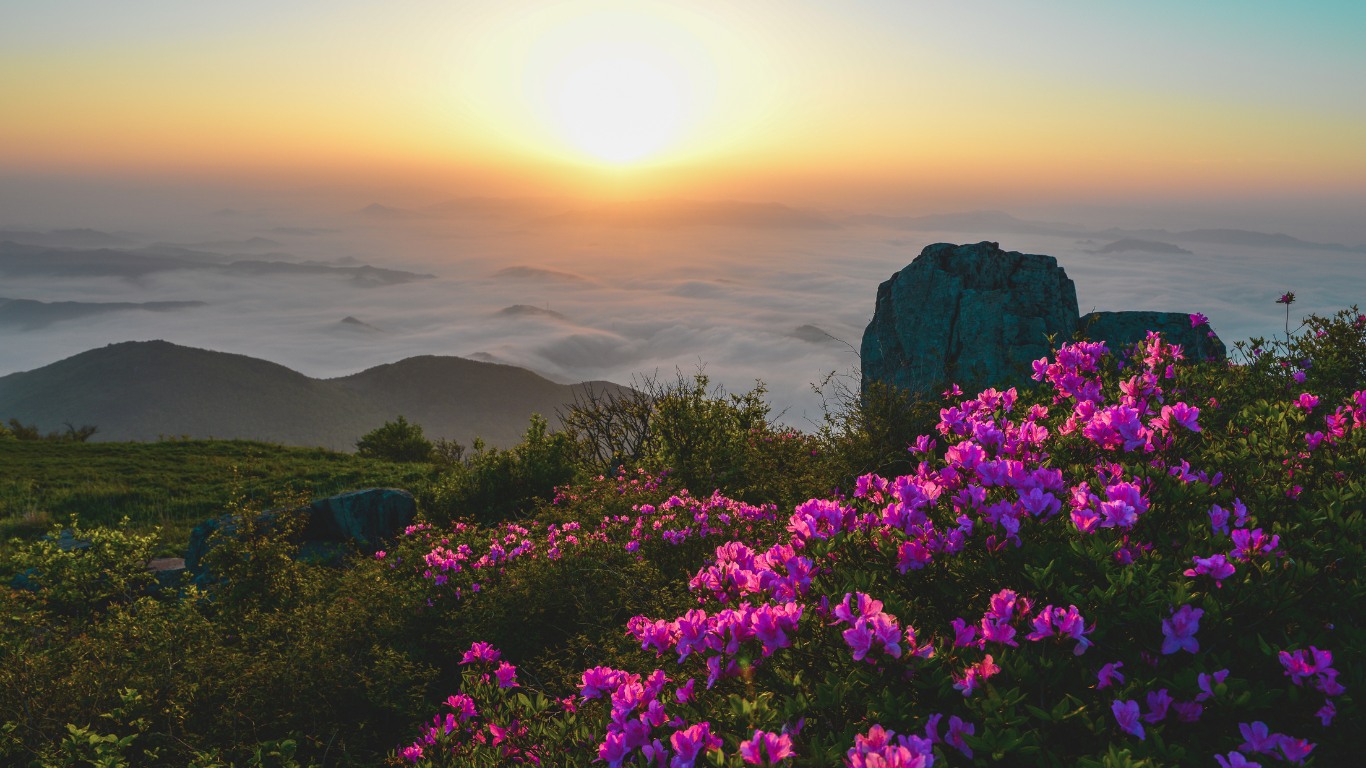 A view of the city from the peak of Mudeungsan
A view of the city from the peak of Mudeungsan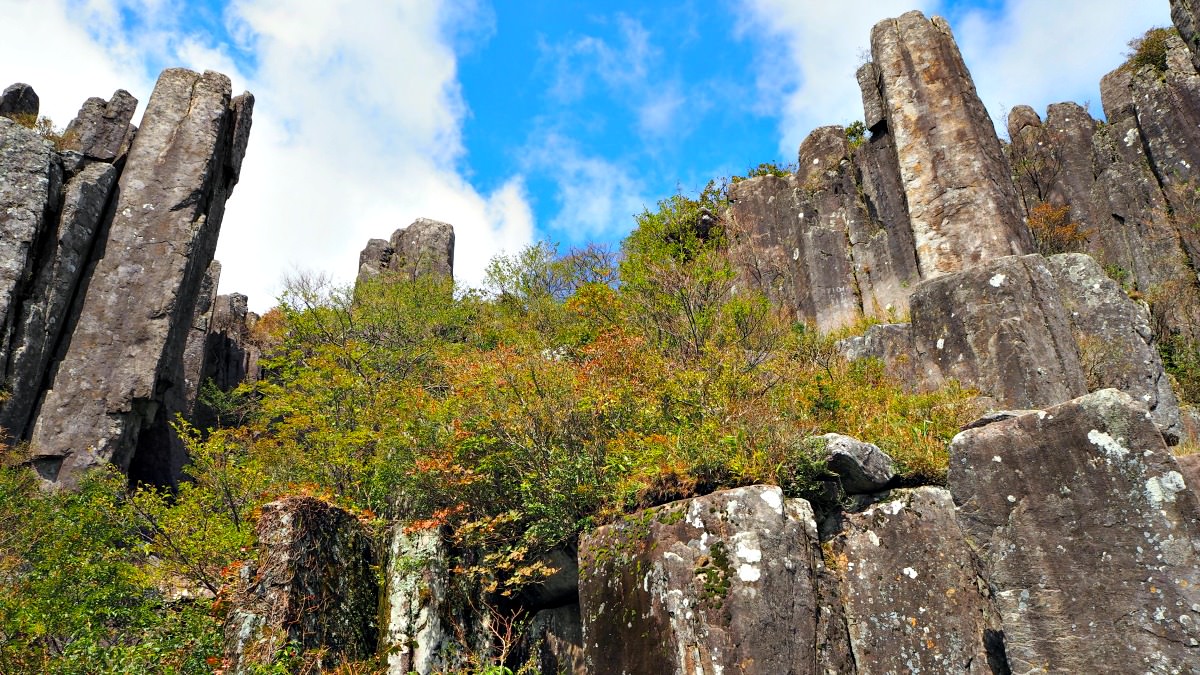 Ipseokdae Colonnades, Mudeungsan
Ipseokdae Colonnades, Mudeungsan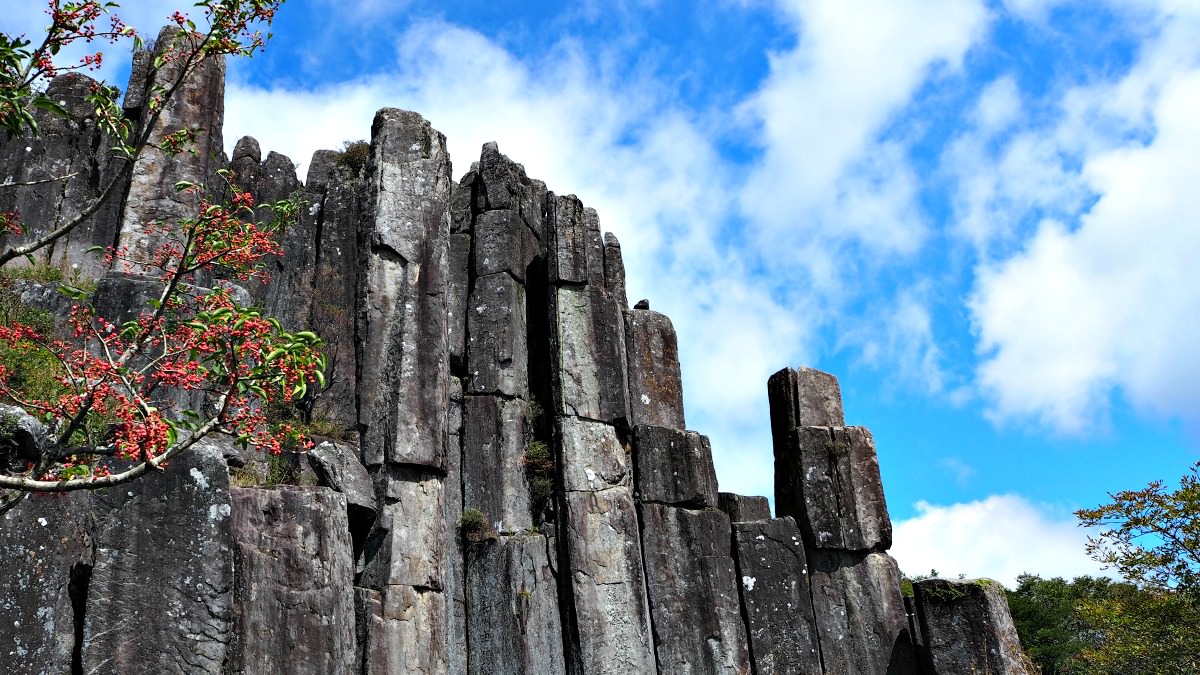 Ipseokdae Colonnades, Mudeungsan, Gwangju City.
Ipseokdae Colonnades, Mudeungsan, Gwangju City.Mudeungsan Mountain trails are easy for hikers to climb as it has a gradual slope. Besides, you can always find steps or stairs with safety railing, especially in some challenging points.
Cheonwangbong Peak is one of the most famous peaks. Many considered it as a mountain god. If I’m not mistaken, the name can be translated as ‘heavenly king’s peak.’
Seoseokdae, Gyubong, and Ipseokdae peaks are also considered by many as imposingly majestic and spectacular.
Temples
At the foot of the mountain, you will find historic Buddhist temples with their old relics decorating the serene and peaceful atmospheres.
Some of the famous temples are Yaksaam Temple, Jeungsimsa Temple, and Wonhyosa Temple. Most temples welcome visitors from different faiths to freely look around or do something serious such as praying or meditating.
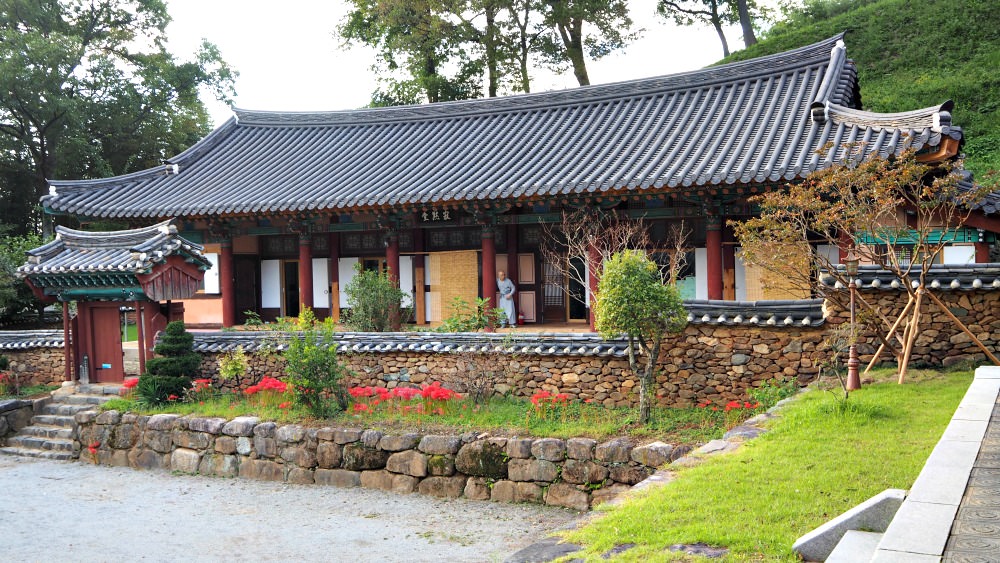 Jeungsimsa Temple, Gwangju City
Jeungsimsa Temple, Gwangju CityMudeungsan Mountain’s Four Seasons
The park is beautiful throughout the year--in all four seasons.
At Gyubongam area, the colorful autumn foliage is mesmerizing. At Baekma Ridge (white horse ridge) one can explore the silver grass showing off its flashing spectacles.
Flowers in the Spring and white snow in the Winter are simply irresistible among visitors even to the regular visitors and pilgrims.
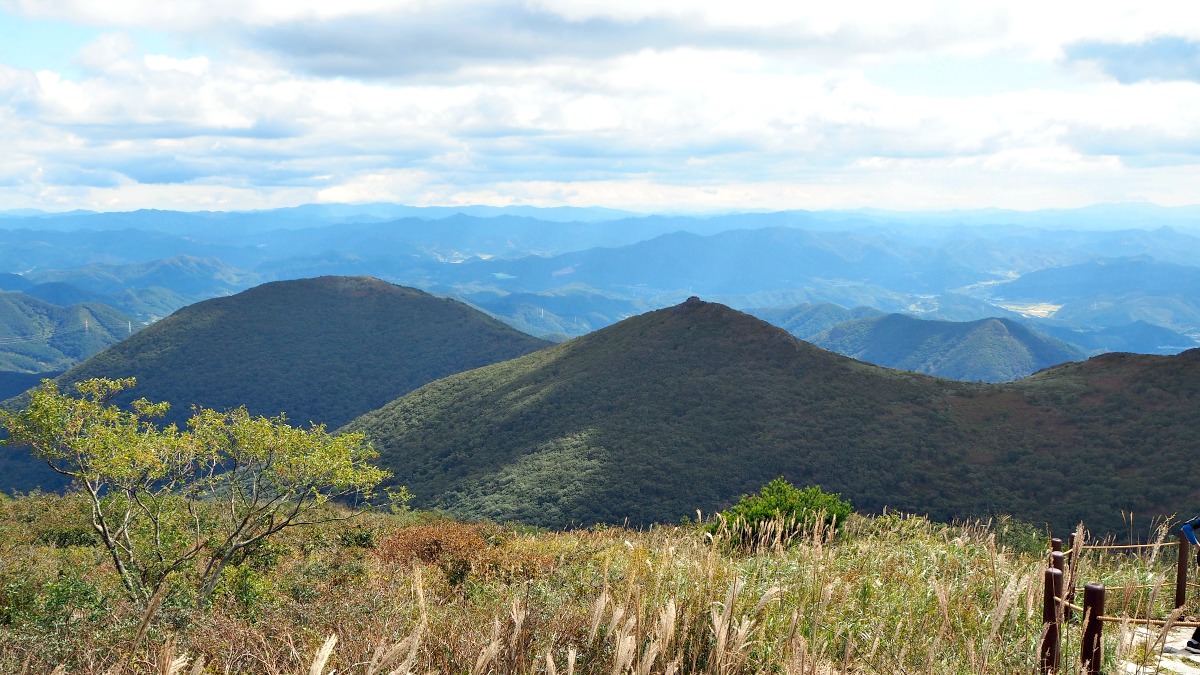 Mudeungsan Baeksa Ridge
Mudeungsan Baeksa RidgeMudeungsan Park’s Facilities
Entering the parking area is for free for all visitors and regular hikers.
Aside from the natural beauty and healing effects that the mountain park is offering, one can also find ‘human’-made facilities to make it easier for visitors to appreciate and enjoy entirely the park.
So, visitors can use various recreational facilities made which are mostly established below the mountain.
Gwangju National Museum
Visitors and tourists alike can explore created sites and structures. These facilities and structures include the Gwangju National Museum.
The Museum was created in a traditional style building for the exhibition of artifacts, aside from being a space to relax.
The cultural treasures excavated from the Sea of Sinan can be found in this museum. Most of these items are from Honam Province, which was crafted during the Seonsa, Baekje, and Silla periods.
Among the 2,000 items being exhibited in this museum, some paintings from the Joseon Period are also on display.
Indeed, due to changes and improvements, you can find more exciting facilities and attractions near the national park.
accessible hiking areas
Many roads lead to the peak of Mudeungsan. But please take note that for your own safety, hikers are not allowed to hike during night-time, aside from other restriction policies (such as drinking alcohol and smoking).
Mudeungsan Mountain
Sotaeje-Majipbong Crossroad / Pungam Parking Lot-Gwangil Farm / Seonjuam Crossroad-Seoinbong Crossrad
Mudeungsan Mountain - East Side
Seoseokdae-Cheonwangbong Peak-Entrance of military camp / Dowon camping site-Madangbawi Rock / Entrance of Gwangil Farm-Sinseondae Crossroad
Now, if you are feeling interested in getting there, please let me provide you some useful travel guides.
 Mudeungsan Mountain hiking trails
Mudeungsan Mountain hiking trailsGetting to Mudeungsan National Park
Public Korean transports are efficient and they are available in almost all places and corners of the country.
The major transports include trains, buses, taxis, and even the plains. Here we go…
By Train (Seoul Station - Gwangju Songjeong Station - Munhwajeongdang Station - Mudeungsan Park)
Take the KTX from Seoul Station that will bring you to Gwangju Songjeong Station. From Gwangju Songjeong Station take the subway to Munhwajeongdang Station.
From Munhwajeongdang Station, take a taxi for Mudeungsan National Park that will take approximately 16 minutes.
Approximate Time Travel:
Approximate Travel Expenses: 55-90,000 Won
By Bus (Seoul Central City Bus Terminal - Gwangju Terminal)
Take a bus from Seoul Central Terminal to Gwangju City. From the bus terminal, you can take a taxi, Mudeungsan Park for around 20 minutes.
Approximate Travel expenses: 35-53,000 Won
Approximate Time Travel: 3 hours 40 minutes
Ordinary Train (Yongsan Station - Gwangju Station - Mudeungsan Park)
Take a train from Yongsan Station to Gwangju Station, which will take 4 hours more or less. Then from Gwangju, take a taxi for Mudeungsan Park, which will take around 15 minutes.
Approximate Time Travel: 5 hours 25 minutes
Approximate Travel Expenses: 45-69,000 Won
Flying from Kimpo Airport to Gwangju is also accessible.
Gwangju Local Bus
Go to Gwangju Bus Terminal (U-Square Terminal).
- Take Bus 09 and get off at the entrance of Jeungsimsa Temple.
- Walk towards Mudeungsan National Park.
Check out my hiking experience here at Mudeungsan National Park.
Thanks for reading through this article. I hope this has been useful to your search.
Have a pleasant journey!
- Home
- Jeollanamdo Attractions
- Mudeungsan National Park
Get Exciting Activities
Book one of our exciting activities today to experience the thrill of a lifetime! Take advantage of this opportunity and secure your spot in advance.
Hotel Map Guide
Find your affordable, accessible, and comfortable hotel in Seoul at Agoda.Com. See the hotel map below...
Hotel Booking Guide
Find affordable and amazing hotels on Agoda.com using the search box below. Book now to enjoy great discounts and save!
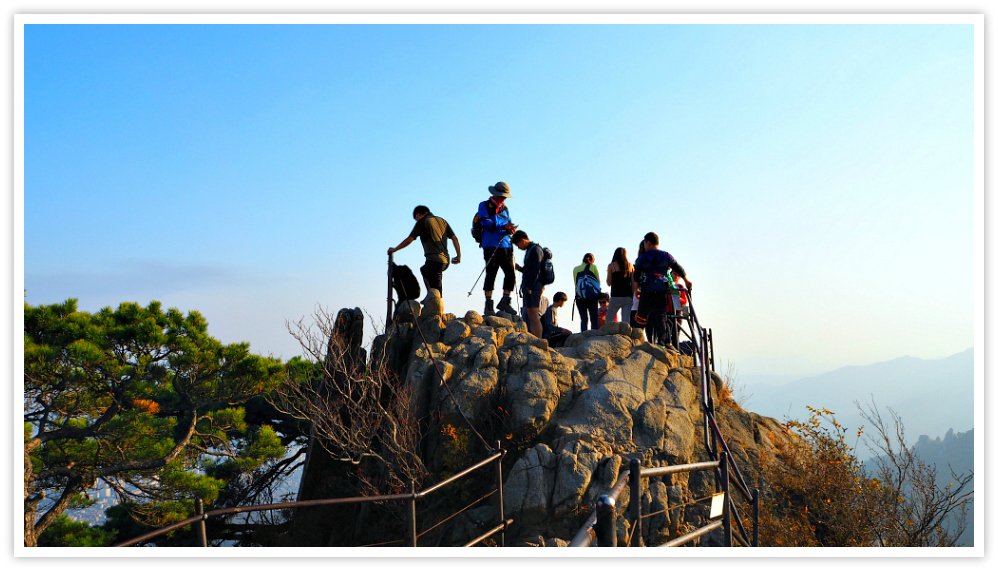
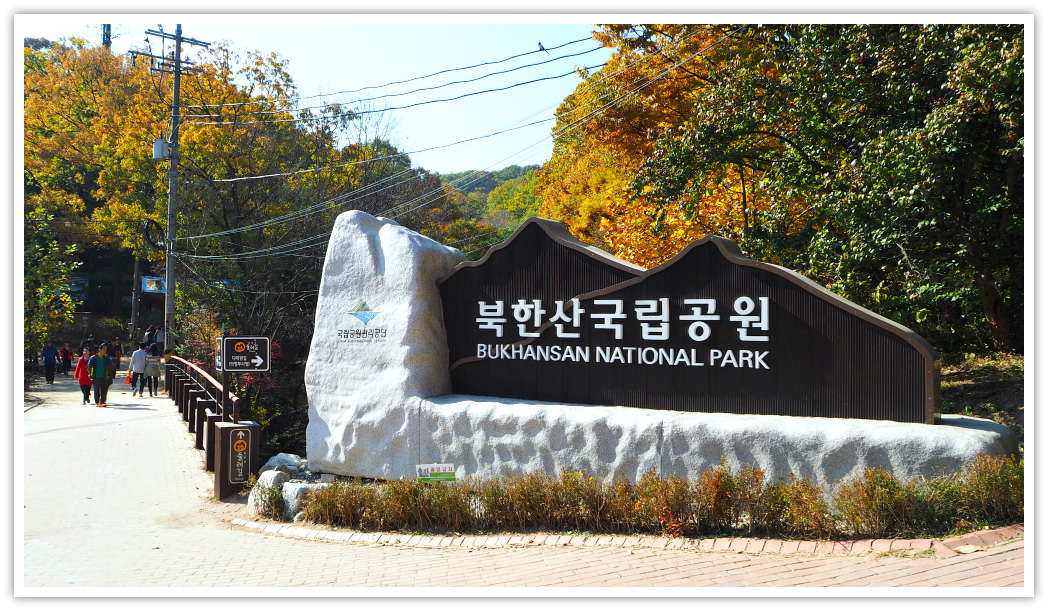
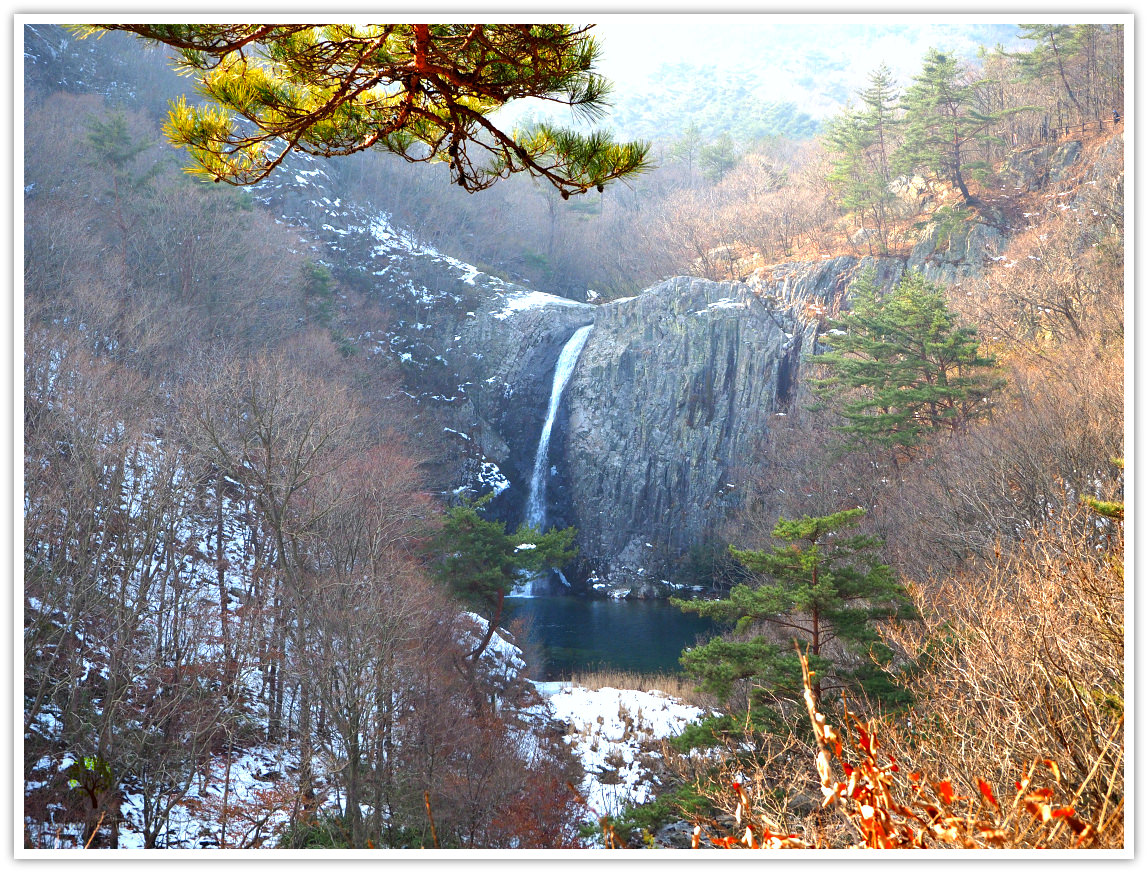




New! Comments
What do you think about this page? Leave me a comment in the box below.